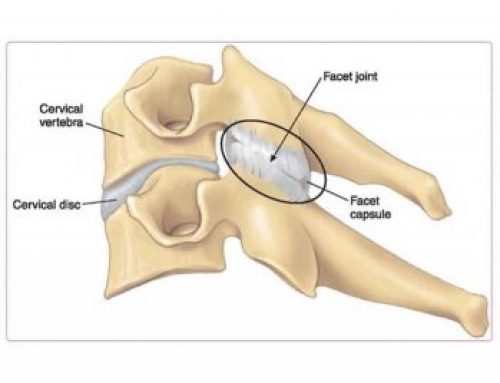Nurse Practitioner “Boots” on Trigger Point Injections
on Trigger Point Injections
Chiropractic ●Physical Therapy ● Medical ● Regenerative Medicine ● IV Infusion
Trigger Point Injections FAQ’s
Trigger Point Injections have become a popular treatment option for those with pain, numbness, muscle tenderness and decreased range of motion. I have seen great success with the use of Trigger Point Injections (TPIs) to help patients recover more quickly and improve healing outcomes. If you’re interested in learning more about this treatment option, continue reading as I answer some of the most frequently asked questions.
What is a Trigger Point?
Trigger points, also known as “muscle knots” or “myofascial muscle pain” commonly occur in the neck and back. They can also occur in other muscles including those in the shoulders, arms, legs, and buttocks. They are hypersensitive, contracted muscles that cause a person pain and tenderness. Trigger points often form as the result of overuse or an injury. Sometimes trigger points can cause something called referred pain. This occurs when the taut muscle fibers compress or irritate a nerve causing pain in other regions of the body.
What is a Trigger Point Injection (TPI)? What medications may be used in a TPI?
A Trigger Point Injection (TPI) is a procedure in which a needle is inserted into the painful trigger point to help break up the taut muscle fibers that have caused the trigger point to occur. Medications used in a TPI procedure usually include lidocaine (a local anesthetic) and Toradol (a non-steroidal anti-inflammatory similar to Ibuprofen or Tylenol), which work well together as one anesthetizes and the other reduces inflammation. These medications help to provide a numbing sensation to the injected region and provide pain relief for a short time. It is the needling procedure that actually helps to break up and alleviate the myofascial muscle pain over time. Corticosteroids are not used in TPI’s at Path to Wellness Integrated Health.
When/why is a Trigger Point Injection used?
TPIs are most often used in conjunction with physical therapy (PT) or massage therapy. TPIs are usually performed prior to PT or massage therapy because we have found that the combination of these therapies allows us to work as a team to provide our patients with a better outcome from their myofascial muscle pain. After a TPI has been administered, the taut muscle fibers begin to break apart, then muscle work performed in either PT or massage helps to loosen the painful “knots” even more, giving our patients greater relief of pain.
What is the benefit to the patient?
There are a number of benefits that patients can achieve from TPI’s. TPIs can help to alleviate pain by relaxing tight muscles, improve flexibility, improve range of motion, alleviate stiffness and weakness from the affected muscle, and alleviate referred pain.
What are complications and side effects of Trigger Point Injections?
The most common side effects of TPI include a “pinching” pain during the injection, numbness at the injection site for a few hours from the local anesthetic, mild bruising, and increased soreness for the first 24 to 48 hours. The soreness should then subside and benefit from the injection should be noticed after that time period. It is important to stay well hydrated prior to and for the first 24 hours after your Trigger Point Injection.
How frequently do Trigger Point Injections need to be administered?
TPIs are usually administered two times per week for four to six weeks in conjunction with physical therapy or massage therapy appointments. The series of injections is necessary as positive results continue to build with additional injections to provide patients with the most benefit. Each person’s results vary but this is the typical course.
Do Trigger Points move?
Trigger Points do move. As we address each point, we may find that they move in slightly different locations as we move through the problem area. This is normal and part of the process.
817-348-8488 | 525 Bailey Ave. Fort Worth Texas 76107 | www.ptwhealth.com

 on Trigger Point Injections
on Trigger Point Injections



